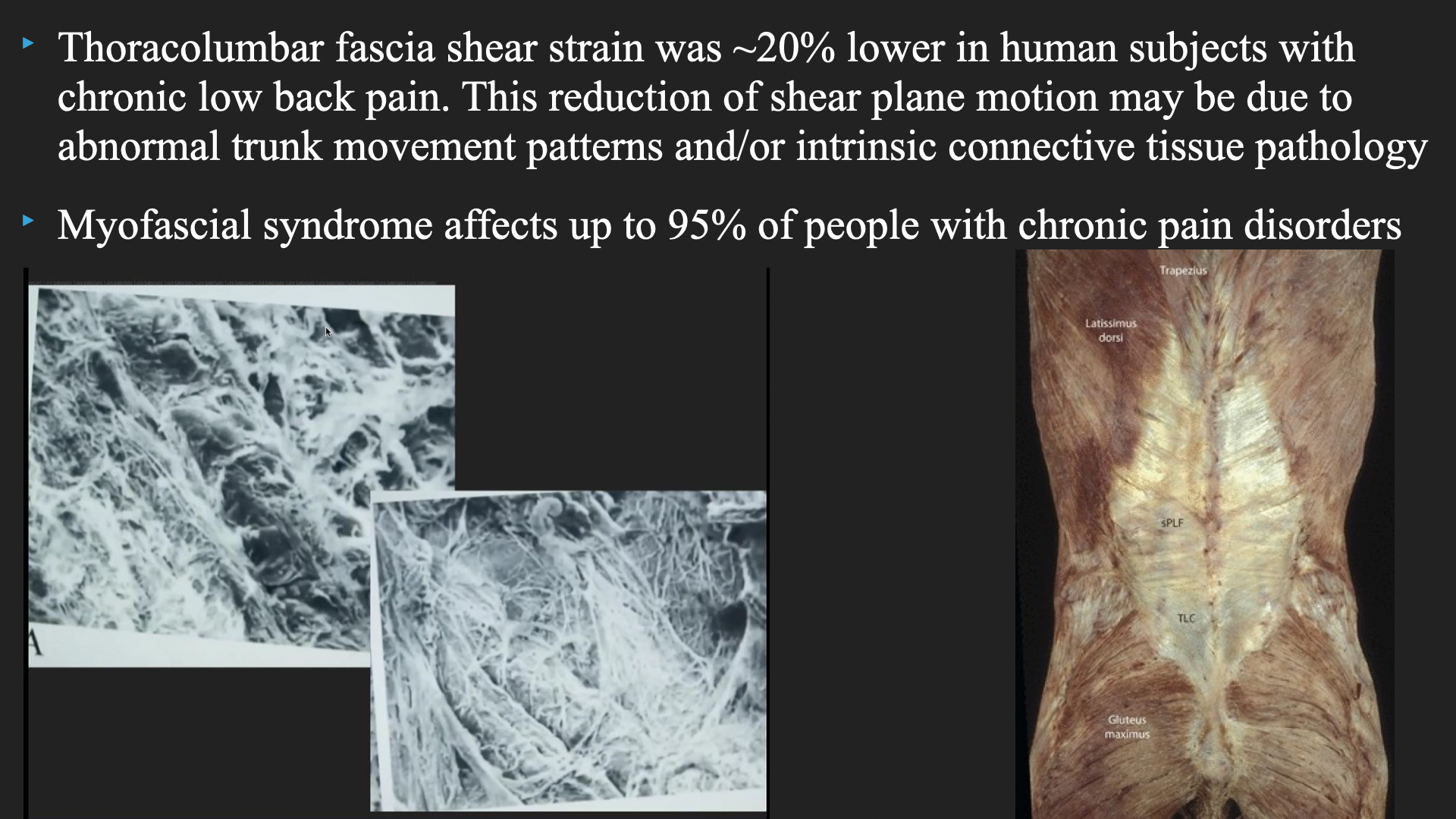Helping Low Back Pain & Better Hip Mobility
2024-07-15
It is funny, this past weekend there was one of the bigger fitness industry conferences around happening in Southern California. We have taught at this event a few times, but generally it isn’t quite our scene and that’s okay. However, during the weekend my phone started to blog up from coaches I know asking me what I thought about a new piece of equipment a well known physical therapist was promoting.
I have to admit, it was a bit odd when I first saw it, it was quite the large machine designed to train your glutes. What was most strange was that this person’s first piece of equipment they created was very much based on functional concepts of training and this was about as 180 as you could get. The reason that I am sharing this story with you is because I know when we released our Mobility Training Balls yesterday, it might have seemed strange to a few, but it is VERY consistent with what we have been teaching not only in DVRT, but how we help issues like low back pain and improve key concepts like better hip mobility training.
A few years ago we released our first Myofascial Integrated Movement program (MIM) that was the perfect compliment to what we had been doing in DVRT for almost two decades. Especially if you look at our DVRT Restoration programs, there is a lot of focus on building mobility and better movement through stability. While this works well for many, there are holes as well as ONLY relying on these methods to help people move better.
View this post on Instagram
Even in Restoration, you see us move to exercises that focus on not so much tension and feedback, more of what is known as reflexive stability which is definitely higher level but where we need to go for training that helps low back pain and progresses our hip mobility training.
This great 2012 paper in the Journal of Strength & Conditioning sums up how this works in many throwing actions or other times we need that rapid force production, but also how to control our body…
“the muscles create force and tuned stiffness. This “tuning” in essence allows active muscle forces to work with the elastic recoil of other tissues (e.g., ligament, tendons, and fascia). The muscles of the shoulders, hips, and limbs are generating forces to create the motion in a pulsed sequence. The core is creating a stiff- ened anchor (proximal stiffness) to unleash this distal athleticism. During the cocking and acceleration phases, the great athletes are better able to “tune” the stiffness of the core musculature to optimize the serape’s whip.”
That is why you have seen us progress to mobility training that help building resilience to low back pain that looks like this….
View this post on Instagram
In that great post that Coach Cory Cripe shows, you see how not only do we move to more reflexive exercise like our half kneeling around the worlds or kettlebell dead bug presses, but also the input of our MIM exercises that give a different dynamic. MIM exercise fall more in this NEW world of exercise known in the research as “mediative movement”. What are the benefits of doing such exercises? Well, the literature shows more than just a few….
-Improved sleep
-Decreased pain perception
-Greater cognitive function
-Better balance
-Emotional regulation & health
-Lower inflammation markers
-Improved cardiovascular health
and these are just a few of MANY!!! That is why so many major organizations have endorsed this type of practice and use it extensively especially in the work of some very challenging health obstacles.

What’s the difference of these types of exercises versus what you see in programs like our DVRT Restoration? Mediative Movements is a term identifying forms of exercise that use movement in conjunction with meditative attention to body sensations, including proprioception, interoception, and kinesthesis. (1)
A few weeks ago teaching at the Chicago Perform Better conference I had a fitness pro with low back pain show how it reduces her hip extension (which can impact things like deadlifts, kettlebell swings and more) and how one REALLY simple MIM drill improved her movement.
We could get DEEP into how such practices impact a wide variety of chronic health conditions (maybe another post coming this week), the short version is in gaining these benefits it greatly changes how ALL the systems of our body functions which has a BIG impact upon issues like low back pain and will also positively help our hip mobility efforts.
One of the easiest ways to explain this is by improving both how our fascia and our nervous system function. Fascia is connective tissue that runs all throughout our body and even our organs. It does many things, but a big role is to help produce efficient and fluid movement that is complex but you never event think about. When we don’t move a lot or move well, fascia can actually be the issue in things like low back pain and hip mobility. Research has shown that fascia like the thoracolumbar fascia often moves 20% less well in those with low back pain and when that mobility is restored, low back pain decreases (2).

The fact that we can turn off the “brakes” of our nervous system, improve elasticity of our connective tissue, not to mention integrate stability and core training all at once, MIM and now the integration with our Mobility Training Balls into our MIM system plays such a perfect balance act of what we also do in DVRT. Our goal has always been to bring science to practical training as well as to provide innovative, but simple tools that used with the right intent can create profound results.
Two days left to sign-up and save 15% for our 2-week Fascia Fitness Coach’s Corner with code “coach15” HERE
References:
- Payne P, Crane-Godreau MA. Meditative movement for depression and anxiety. Front Psychiatry. 2013 Jul 24;4:71. doi: 10.3389/fpsyt.2013.00071. PMID: 23898306; PMCID: PMC3721087.
- Langevin HM, Fox JR, Koptiuch C, Badger GJ, Greenan-Naumann AC, Bouffard NA, Konofagou EE, Lee WN, Triano JJ, Henry SM. Reduced thoracolumbar fascia shear strain in human chronic low back pain. BMC Musculoskelet Disord. 2011 Sep 19;12:203. doi: 10.1186/1471-2474-12-203. PMID: 21929806; PMCID: PMC3189915.
© 2025 Ultimate Sandbag Training. Site by Jennifer Web Design.







